The machinery that drives mitosis and its control through the spindle checkpoint is conserved across many eukaryotes. However, our understanding of chromosome segregation and its control derives almost entirely from few intensively studied model organisms….
In tunicates, the capacity of budding, and therefore re-growing of clonal copies of the original individual (zooid), occurs through different mechanisms of interaction between non-homologous epithelial tissues and/or putative stem cells circulating in the bloodstream…
In order to better test the function of specific genes, and to follow the dynamic of the cells involved in NED we aim to establish transgenic colonies of B. schlosseri, a technical challenge that will open new avenues for functional study and high-resolution live imaging of budding…
The aim of this project is to uncover the molecular mechanisms by which circulating mesenchymal cells are able to reconstruct a new individual…
o highlight genomic signatures linked to NED and to highlight other genotype-phenotype convergent associations related to characters linked to the capacity of undergoing NED, we are sequencing and comparing the genomes of four species of Styelid, two colonials (Botryllus schlosseri and Polyandrocarpa zorritensis) and two solitaries (Dendrodoa grossularia and Styela plicata). As an offshoot, we may be able to collect insights on the possible effects of asexual propagation on evolution of genome architecture, for example due to heritable mutations of the somatic pluripotent stem cells…
Horizontal gene transfer (HGT) is the acquisition of genetic material from non-parent organisms of different species, by opposition with vertical gene transfer where the genetic material is inherited from the parents. While this process is widely described in prokaryotes where it has been shown to accelerate their evolution, the impact of HGT on the evolution of eukaryotes, and particularly on metazoans, remains a relatively unexplored field of research. In collaboration with the team of Dr. Simon Blanchoud (University of Fribourg, Switzerland) we began to investigate the extent and the nature of HGTs in Tunicates…
Funded by the Advanced Research Program at the Université Côte d’Azur, the project ‘ If we were to look at regeneration with a different eye’ has been initiated as an artistic-scientific collaboration with the artist Irene Kopelman and the Röttinger (IRCAN – UCA, CNRS, INSERM), and is driven by Irene long-term engagement with scientific research which underlies her artistic practice…
The EvoInSiDe team is studying the development of the nervous systems of four animal models, all members of so-called “minor/non-classical” taxa: a cephalochordate (the amphioxus Branchiostoma lanceolatum), two echinoderms (the sea urchin Paracentrotus lividus and the crinoid Antedon mediterranea), and a mollusk (the mussel Mytilus galloprovincialis). While the nervous system of the cephalochordate is centralized, those of the sea urchin, the crinoid, and the mussel are characterized by alternative nervous system organizations.
The project is revisiting our basic understanding of nervous system development in this animal. At larval stages, the anterior central nervous system contains differentiated neurons and glial cells, while the posterior end does not show hallmarks of neural differentiation. However, sensory neurons of the peripheral nervous system seem to differentiate simultaneously along the whole anteroposterior body axis. Using cutting-edge imaging approaches, we have thus set out to compare, in great detail, neural development in the amphioxus nervous system. A special focus of the project is on the timing of neuronal differentiation in the central and peripheral nervous systems and thus on the formation of the first neural circuits in the developing embryo. We are further interested in contrasting these developmental events with the regenerative capacities of the nervous system.
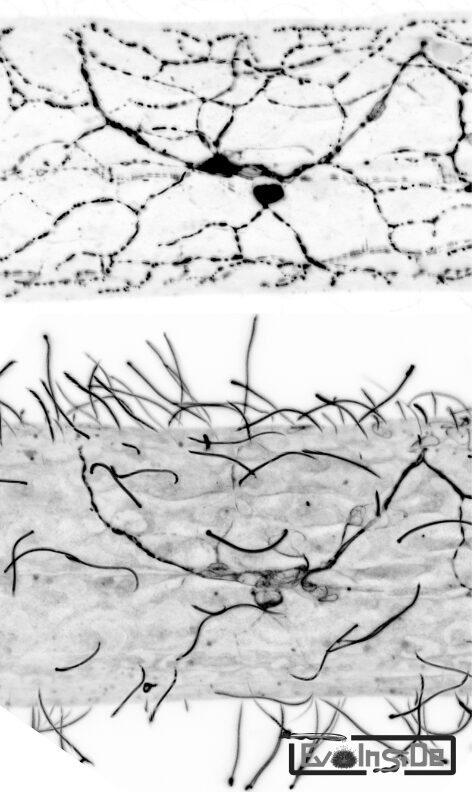
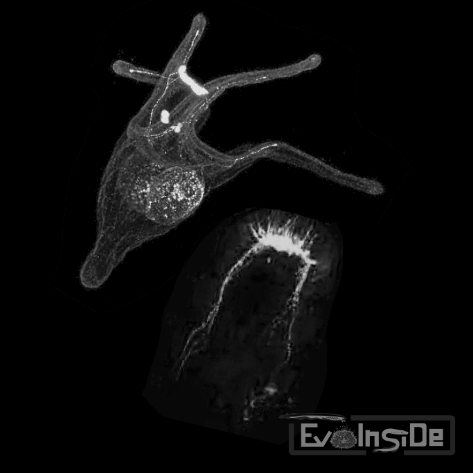
The project is based on our knowhow of the sea urchin model and aims at developing novel protocols and techniques for the crinoid model. This includes, for example, the optimization of protocols for spawning adults and raising offspring from fertilization through juvenile stages as well as the establishment of a set of classical developmental biology approaches. Making use of these tools, we aim to produce a thorough anatomical, molecular, and functional characterization of the developing crinoid nervous system. This project further includes a detailed characterization of the sea urchin adult nervous system, at the morphogenetic and molecular levels. The goal is to generate data for thorough comparisons between sea urchins and crinoids to reveal ancestral traits of echinoderm nervous system development.
The project addresses different aspects of mussel nervous system development. To this end, we characterize, for example, the morphogenetic processes of nervous system development, using both histological and live imaging approaches to label and trace specific neural cell populations. We are further establishing molecular maps of the developing mussel nervous system, by transcriptome analyses coupled to in situ hybridization assays. Given our general interest in intercellular signaling pathways, we are also investigating the roles of these pathways during nervous system development, using pharmacological treatments as well as gene specific loss-of-function approaches.
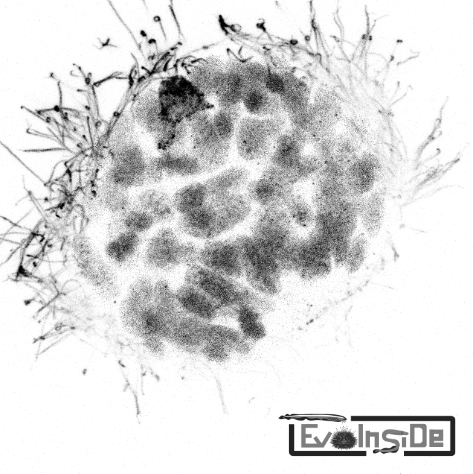
For the latest updates and information on our work, please contact us at: michael.schubert [at] imev-mer.fr / jenifer.croce [at] imev-mer.fr
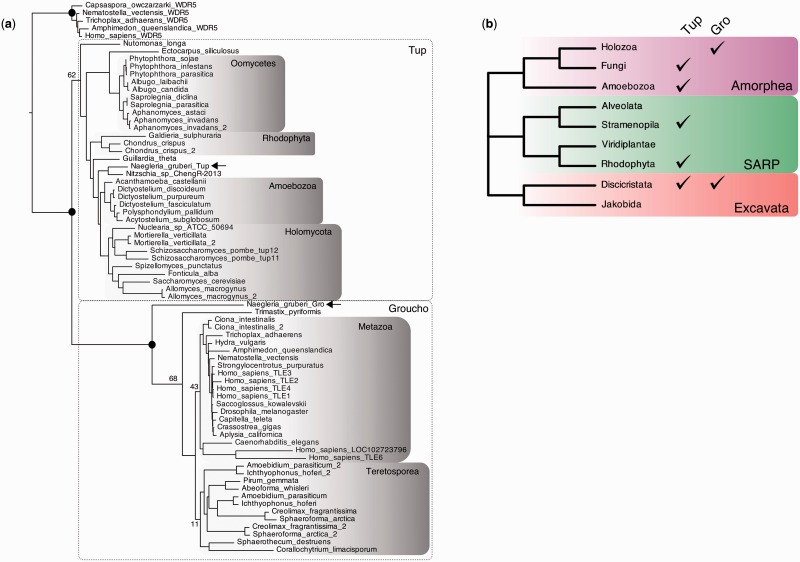
Genome evolution analyses (R. Copley)
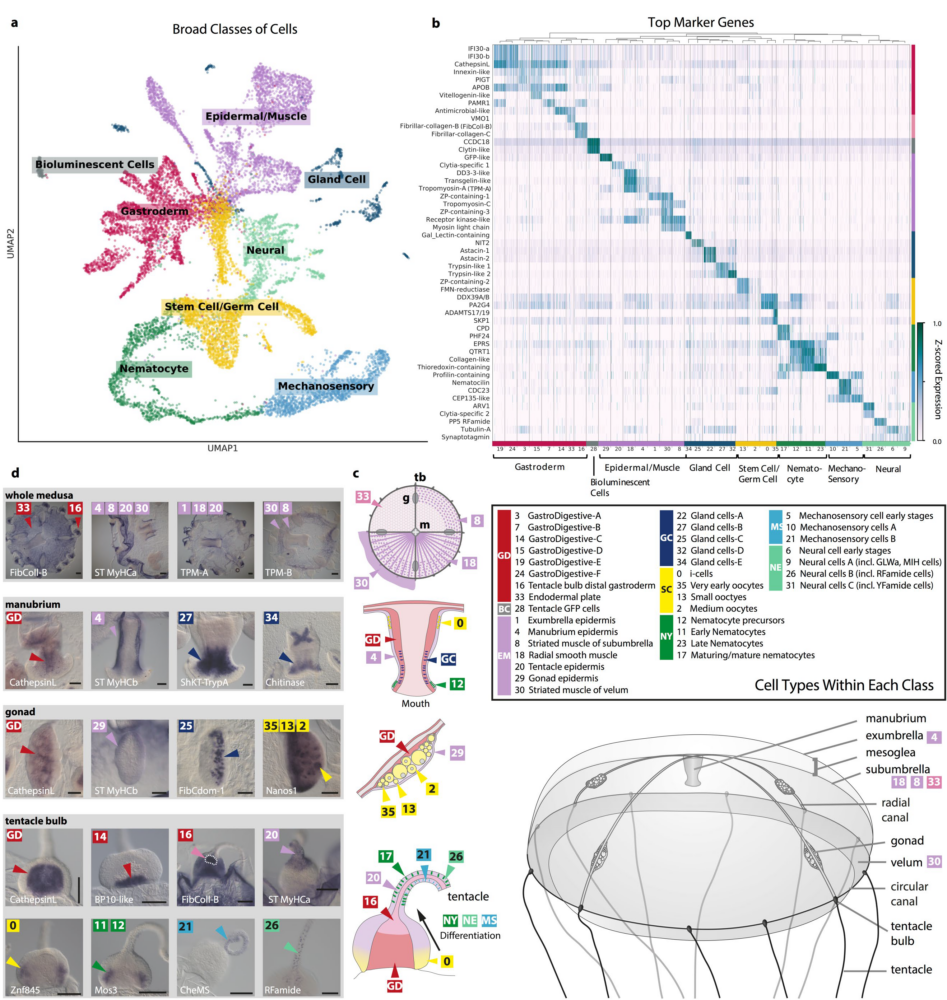
Chari, T., Weissbourd, B., Gehring, J., Ferraioli, A., Leclère, L., Herl, M., Gao, F., Chevalier, S., Copley, R. R., Houliston, E., et al. (2021). Whole Animal Multiplexed Single-Cell RNA-Seq Reveals Plasticity of Clytia Medusa Cell Types. bioRxiv 2021.01.22.427844.
How cells receive signals from their environment and how they interpret this information, whether to mount a response or not, is a fundamental problem in biology. Frequently, during development, cells are exposed to different levels of signals, or morphogens. In some cases, cells will respond only when signals are above a certain threshold level. We are studying one such cellular response, where cells respond above a certain threshold level by activation of a specific genetic program.
Genevieve Dupont (https://utc.ulb.be/home.html)
Sophie de Buyl (https://researchportal.vub.be/en/persons/sophie-de-buyl)
Yutaka Satou (https://kdb.iimc.kyoto-u.ac.jp/profile/en.9b27a60d6059b0e6.htm)
Richard Copley (https://lbdv.imev-mer.fr/en/research/teams/genome/)
Sebastien Schaub (https://lbdv.imev-mer.fr/en/research/research-support-services/imaging/)
Patrick Lemaire (https://www.crbm.cnrs.fr/patrick-lemaire/?lang=en)
Ute Röthbacher (https://www.uibk.ac.at/zoology/staff/rothbaecher/)
Techniques currently being used in the lab:
Quantitative in situ fluorescence immunostaining
Quantitative in situ hybridisation (smFISH and HCR FISH)
Image analyses (Imaris, Image J, Amira)
Whole embryo in silico reconstruction
Biosensor tracking of cell signalling
Computational modelling of developmental signalling pathways (in collaboration with the groups of Genevieve Dupont and Sophie de Buyl).
RNA seq and single cell RNA seq
Molecular biology/biochemistry (molecular cloning, western blot, PCR)
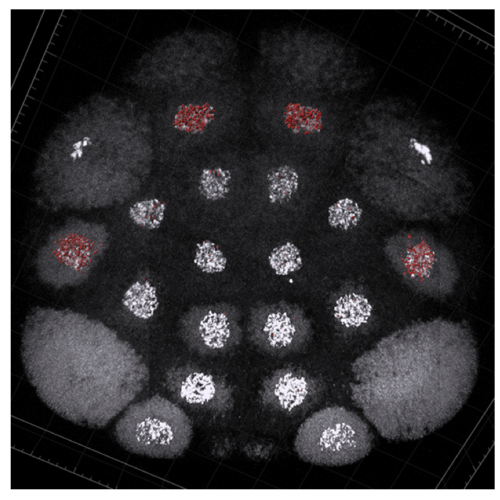
Binary cell fate switches during mesendoderm formation and the roles of the ERK and beta-catenin signalling pathways during these processes.
Main publications from this project
Patterning of the developing central nervous system and the roles of Nodal, Delta-Notch, BMP and ERK-pathway during this process.
Laboratoire de Biologie du développement UMR 7009
Cette UE se déroule sur 2 semaines et a lieu au laboratoire de Biologie du Développement de Villefranche -sur-Mer (LBDV). Elle inclut l’examen de l’UE d’analyse scientifique (5V089) suivie par les étudiants de la spécialité de Biologie du Développement.
Durant la 1ère semaine, les étudiants participent à des ateliers et des rencontres avec les chercheurs du laboratoire.
Durant la 2ème semaine, les étudiants sont répartis dans les équipes pour y réaliser un mini projet qu’ils présentent le dernier jour du cours. Le cours est donné en anglais pour tout ou partie.
Modalités d’évaluation
Présentation orale du mini-projet (binôme, 100 %)
UE en anglais (partiellement ou totalement)
Master BMC, S3, 6 ECTS
Code UE: 5V200
Responsable de l’UE: Carine BARREAU (MCU): carine.barreau [at] obs-vlfr.fr
Cette UE permet aux étudiants de 1ère année de Master de passer 2 semaines à l’Observatoire Océanologique de Villefranche-sur-Mer. Le cours est obligatoire pour les étudiants du Master Biologie Intégrative, parcours Biologie et Bioressources Marines (BBMA) tandis qu’il peut être choisi en option par les étudiants du Master Biologie Moléculaire et Cellulaire (BMC). Les étudiants participent à des ateliers de présentation des organismes marins utilisés par les équipes de recherche du laboratoire (LBDV) et apprennent à les manipuler au cours de travaux pratiques dont les thématiques vont de la Biologie du Développement fondamentale à la toxicologie appliquée.
Modalités d’évaluation
Analyse d’article et présentation orale (50%)
Compte-rendu écrit de TP (50%)
UE partiellement en anglais
Master BIP, S2, 6 ECTS
Code UE: 4B022 (ouverte au Master BMC)
Responsable de l’UE: Carine BARREAU (MCU): carine.barreau [at] obs-vlfr.fr
Cette UE complémentaire se déroule sur 2 semaines et permet aux étudiants de découvrir les différents aspects (métiers & recherche) de l’Observatoire Océanologique de Villefranche-sur-Mer (OOV). Ateliers et journal clubs sont organisés afin que les étudiants mettent en pratique leurs connaissances théoriques en biologie et développent leur capacité de communication scientifique en français et en anglais.